The 10 best museums to explore from home
In these strange times of self-isolation and social distancing we find ourselves in, it’s hard not to feel a little disconnected from the world going on around us. A world which, for now at least, we’re forbidden from venturing out into.
But being stuck in our homes does not mean we have to press pause on our sense of adventure. Travelling is about far more than just transporting yourself from A to B. It’s about discovery and learning and letting your inquisitive side take over. And thankfully you can do all of this now from the comfort of your own home. So grab your phone or tablet or even stream it on your TV and join me on a stroll through some of Europe’s greatest museums, just without the queues and admission fees.
1. Travel back in time at Berlin’s Pergamon Museum
What happened in Pergamon? That’s the question behind this virtual tour of the 2000-year-old masterpiece that is the Pergamon Altar, rebuilt and exhibited at the Pergamon Museum in Berlin. The ancient hilltop fortress of Pergamon was once a wealthy and powerful city in northwestern Turkey opposite the island of Lesbos. Dominating the plain along the Caicus River, Pergamon rose to great political importance in the Attalid dynasty, the successors to Alexander the Great.
In its heyday during the 2nd century BC, Pergamon became a major cultural centre of the Greek world, its citizens building impressive monuments including a tremendous acropolis with ionic columns and a grand staircase. The base is adorned with a unique 113-metre frieze that depicts legends from Greek mythology. Among them the cosmic battle between the Olympian gods and the Giants, the snake-legged children of the goddess Gaia. On the acropolis terrace lies the sacrificial altar of the Athena temple and sanctuary, always an impressive sight to behold.
The virtual tour traces the excavations of German archaeologists and engineers in the Ottoman Empire at the end of the 19th century, and shows how the discoveries were later brought back to imperial Berlin. The tour includes 360° images of the inside and outside of the altar and the site in Asia Minor. Today the Pergamon Museum is part of Berlin’s Museum Island, a UNESCO World Heritage Site, and is closed for renovations until at least 2023.
You can find the virtual tour on the Google Arts & Culture app and website. There you’ll also find tours of other monuments held at the Pergamon Museum: the richly decorated Ishtar Gate, one of the gates to the inner city of Babylon dating back to the 6th century BC, and the great Market Gate of Miletus built during the reign of Emperor Hadrian in the 2nd century AD. You can also find all other exhibitions from Museum Island in the same app.
2. Discover Renaissance gems at the Uffizi in Florence
Giotto’s Ognissanti Madonna, Paolo Uccello’s The Battle of San Romano, Piero della Francesca’s diptych of Federico da Montefeltro, Botticelli’s The Birth of Venus… The Uffizi Gallery in Florence is home to some of the world’s most priceless and best known works of art. Sadly the gallery is also famous for its long queues and masses of visitors. Which is why it may come as a relief to know that you can now discover parts of the Uffizi Gallery on Google Arts & Culture without all the pushing and shoving of the crowds.
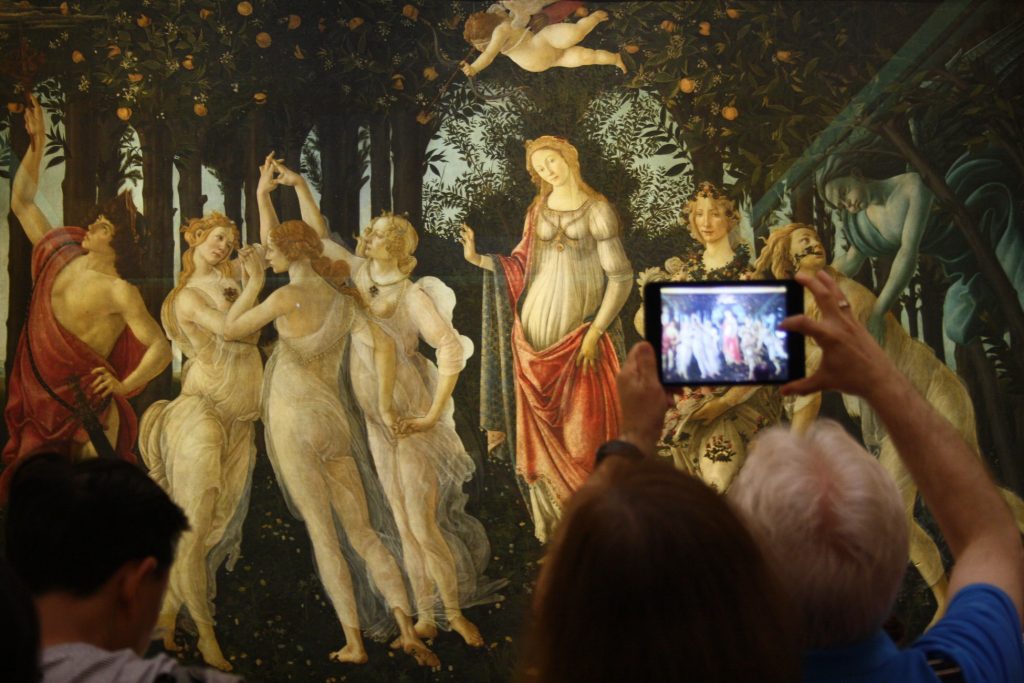
With over 150 works available, it’s only a fraction of the whole collection, which after all does comprise thousands of paintings spread out across 50 rooms. There are four great introductions to specific works, among them Piero di Cosimo’s Renaissance masterpiece Perseus Freeing Andromeda, which depicts the mythological hero Perseus killing a monster and rescuing Andromeda, and the subtle craftsmanship of the golden Santa Trinita Maestà by Cimabue.
3. From railway station to museum—the Musée d’Orsay in Paris
Built for the Exposition Universelle in 1900, the Gare d’Orsay was the first electrified urban terminal station in the world and remained the main terminus for trains coming in from France’s southwest until 1939. Starting in 1977, the station underwent a series of transformations and in 1986 the Musée d’Orsay was officially opened.
From paintings and sculptures to photographs and furniture, the museum exhibits all the artistic facets of a prolific yet all too short period of French history, from the beginning of the Second Republic in 1848 to the start into the First World War in 1914. Its collection of French Impressionist works, with pieces by Gauguin, van Gogh, Monet and Signac, is unparalleled in the world. Visit Google Art & Culture to view lots of the works and learn a bit about the history of the transformation from train station to museum.
(Fotos: RBNRAW, Johan Mouchet, Mateus Campos Felipe bei Unsplash)
4. Explore the Dutch Golden Age at the Rijksmuseum
From Vermeer’s The Milkmaid to Rembrandt’s The Night Watch, the Rijksmuseum in Amsterdam is home to some of the most famous and acclaimed masterpieces of the Dutch Golden Age, a period of history when the Netherlands was the greatest maritime and economic power in the world.
The collection is housed in a grand building with an equally impressive interior. Across 80 galleries, 8,000 objects tell the story of 800 years of Dutch art and history, from the Middle Ages to Mondrian. With eleven tours on Google Art & Culture, explore some of the best-known works of Hals, Rembrandt and Vermeer. There are also a number of multimedia tours available in the museum’s app.
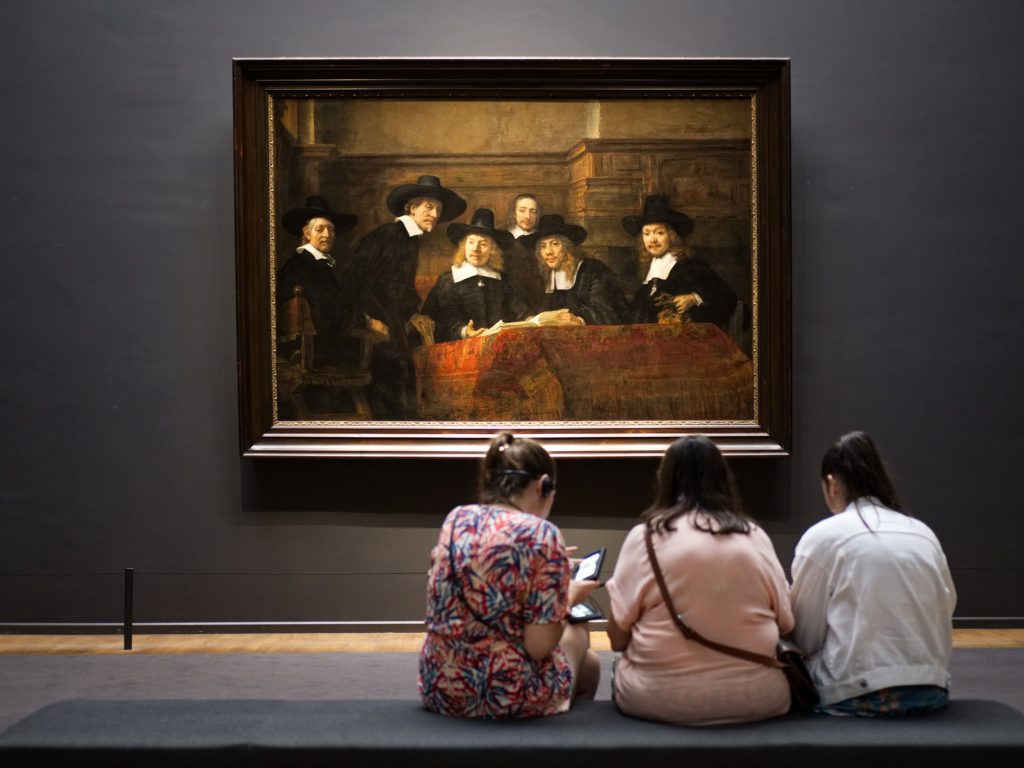
5. Visit the Museum of the World in London
Among the most complex projects undertaken by Google Arts & Culture is the Museum of the World, which was created together with the British Museum in London. With a variety of important exhibits, it takes you through the history of humanity – all eras, all continents and all forms of art and culture. You can jump from exhibit to exhibit via a virtual timeline, with descriptive text and audio explanations.
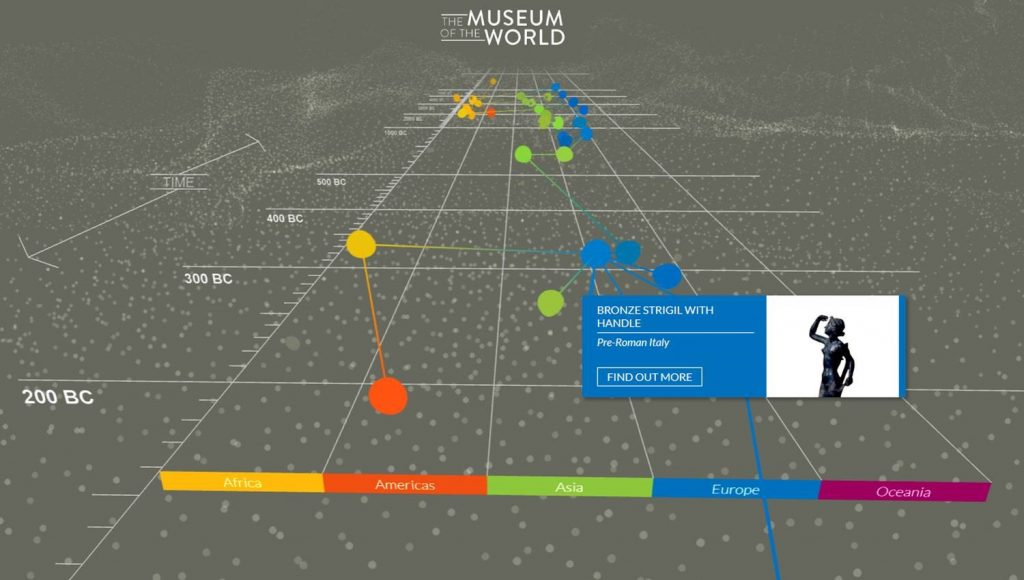
6. Tour the treasures of the Vatican Museums
From the Life of Moses to the Life of Christ, the Resurrection of Christ to The Creation of Adam on Michelangelo’s ceiling fresco, the Sistine Chapel contains some of the most famous paintings in the world. Each year millions of visitors visit the papal art collections and Vatican Museums in this tiny city-state at the heart of Rome, but now on the museums’ website you can experience seven 360° tours of some of the most important rooms without all the crowds.
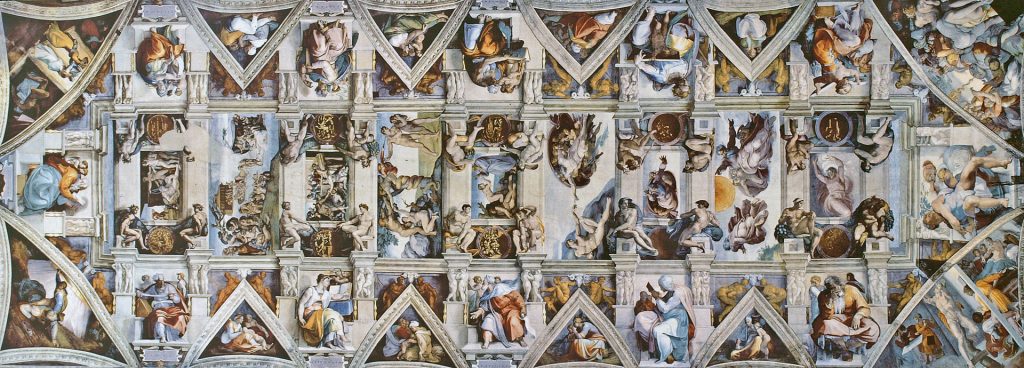
7. Marvel at Vienna’s enormous Habsburg art collection
The Kunsthistorisches Museum near Vienna’s Hofburg Palace was built between 1871 and 1891 to house the growing collections of the Habsburg family, then rulers of the Austro-Hungarian Empire. With its varied assortment of works and the world’s most extensive Bruegel collection, the museum is one of the most important art museums in the world.
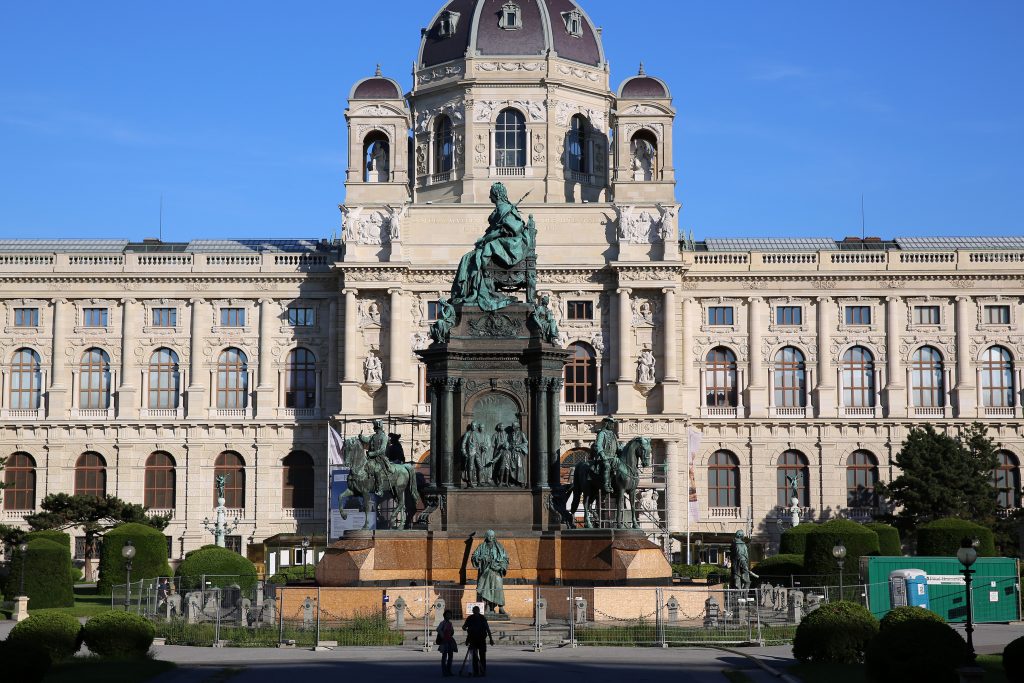
The picture gallery is home to numerous major works of Western art, including Raphael’s Madonna of the Meadow, Vermeer’s The Art of Painting and Velazquez’s Infanta Margarita Teresa, as well as other masterpieces by Rubens, Rembrandt, Dürer, Titian and Tintoretto.
Not only can you discover the museum and its works on Google Art & Culture, but there are also eleven audio guides that explain the museum’s outstanding exhibits. The KHM app takes you on exciting tours on topics such as love and magic, while you can also take a look behind the scenes at x-rays of artworks and other undiscovered details.
8. Browse the Hermitage for hours
You could spend an entire day at the Hermitage Museum in St. Petersburg and still not see it all. The largest museum in Russia with three million paintings, sculptures and other works of art on show, it was founded by the legendary Russian Tsarina, Catherine the Great. Exhibits include works by Dutch and French masters such as Rembrandt, Rubens, Matisse and Gauguin, and two paintings by the Italian master Leonardo da Vinci and the Spanish painter Pablo Picasso are also on display. Discover the Hermitage on its website’s Virtual Visit page or during a five-hour digital stroll on YouTube.
9. Dive into the Ozeaneum on the Baltic coast
The Ozeaneum is home to the largest Baltic Sea exhibition in all of Europe and includes a special plankton display, an interactive Baltic Sea panel as well as a relief model. Its aquariums are both enormous and breathtaking, ranging from the waters around Stralsund’s harbour and shallow coastal waters, to the chalk cliffs of Rügen and the islands of Scandinavia, to habitats in the North Sea, North Atlantic and Arctic Ocean.
(Fotos: Klugschnacker/Wikimedia)
The largest aquarium holds 2.6 million litres of water and features shoals of fish, a three-metre long sand tiger shark, two nurse sharks and various species of ray. Other exhibitions show the diversity of life in the ocean or shine a light on issues such as overfishing and how to fish sustainably.
The ‘Giants of the Sea’ exhibition, in collaboration with Greenpeace, is truly incredible, with life-size replicas of whales hanging down from the ceiling above. The largest exhibit is, of course, the blue whale at a whopping 26 metres in length, but there’s also a sperm whale fighting a giant squid, a killer whale and a humpback whale with its calf in tow. Dive straight in on the Google Art & Culture app or website.
10. Learn the history of sea, air and space travel
The Deutsches Museum in Munich has released three fantastic virtual tours that feel just like you’re walking through the museum yourself, audio guide in hand (in German). The maritime history detailed really runs the gamut, from boats on the Nile in ancient Egypt and the conquests of Columbus to the growth in global trade stemming from sailing and the boats that carried waves of emigration over to America.
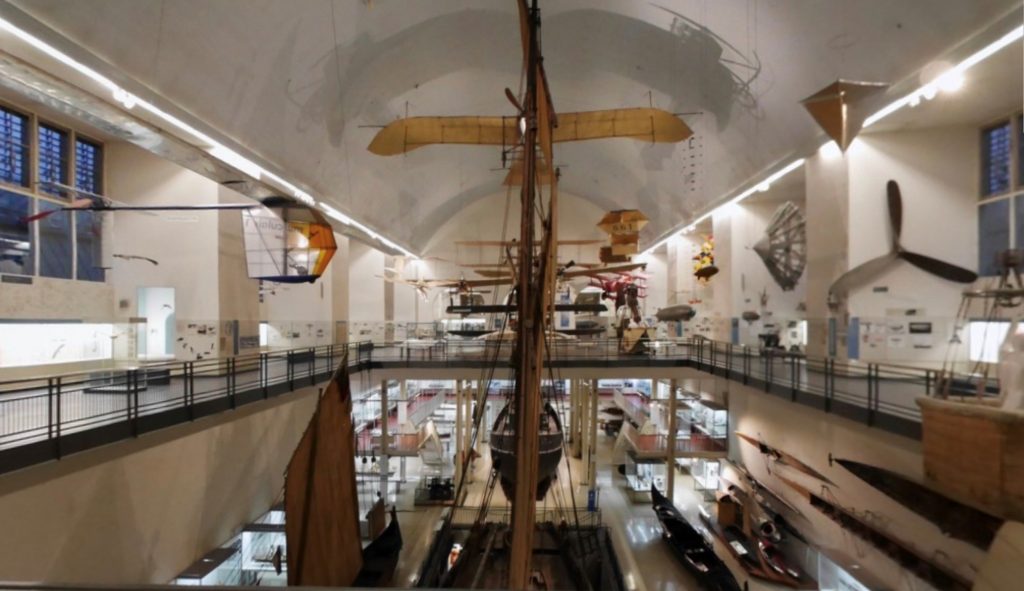
The aviation tour shows the progress we’ve made from man’s first attempts at flight and the aircraft of pioneers such as Lilienthal, Lindbergh and Wright to hot air balloons, zeppelins, rockets, helicopters and jet planes, as well as the classic Junkers, Messerschmitt and Donier. Peering into an old Lufthansa Boeing 707 is also definitely a highlight. The tour then ends with a third and final virtual instalment: space and mankind’s reaching for the stars.

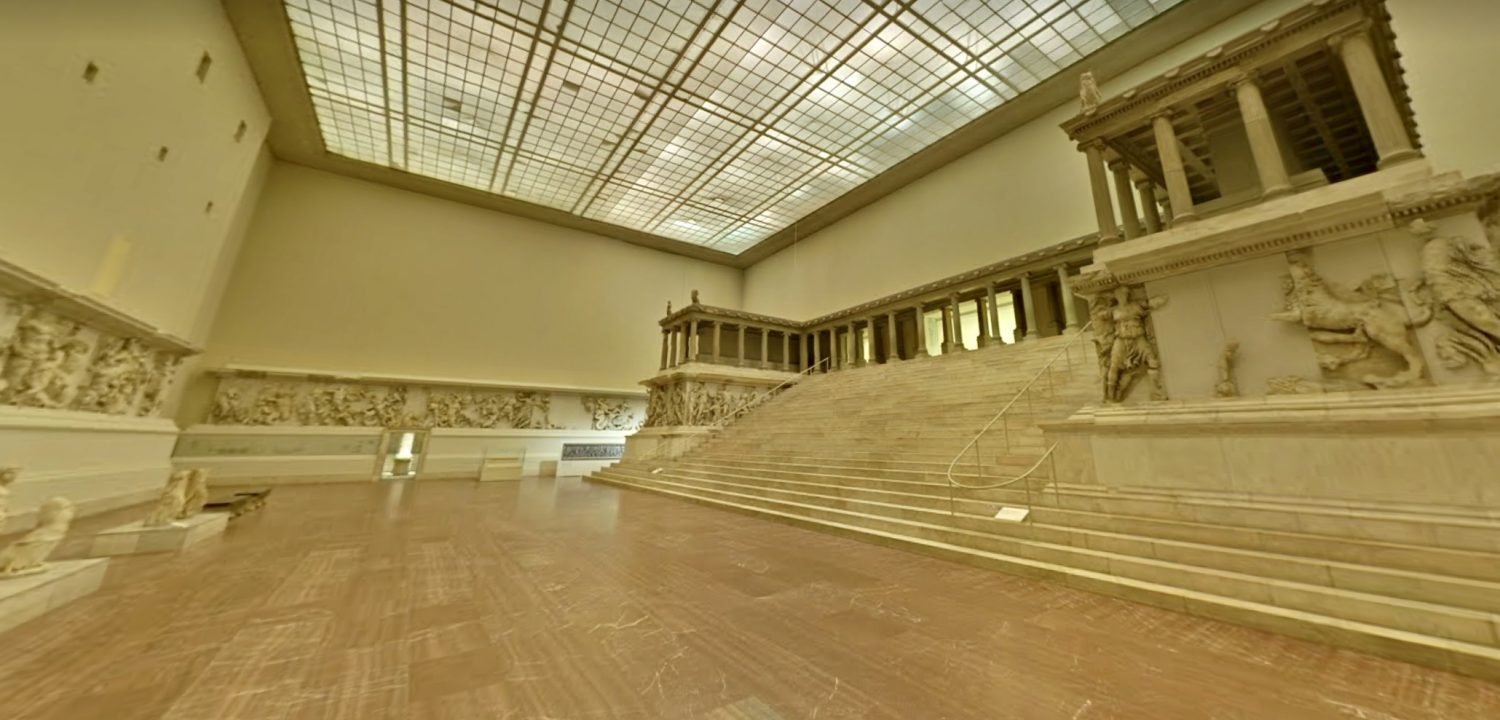
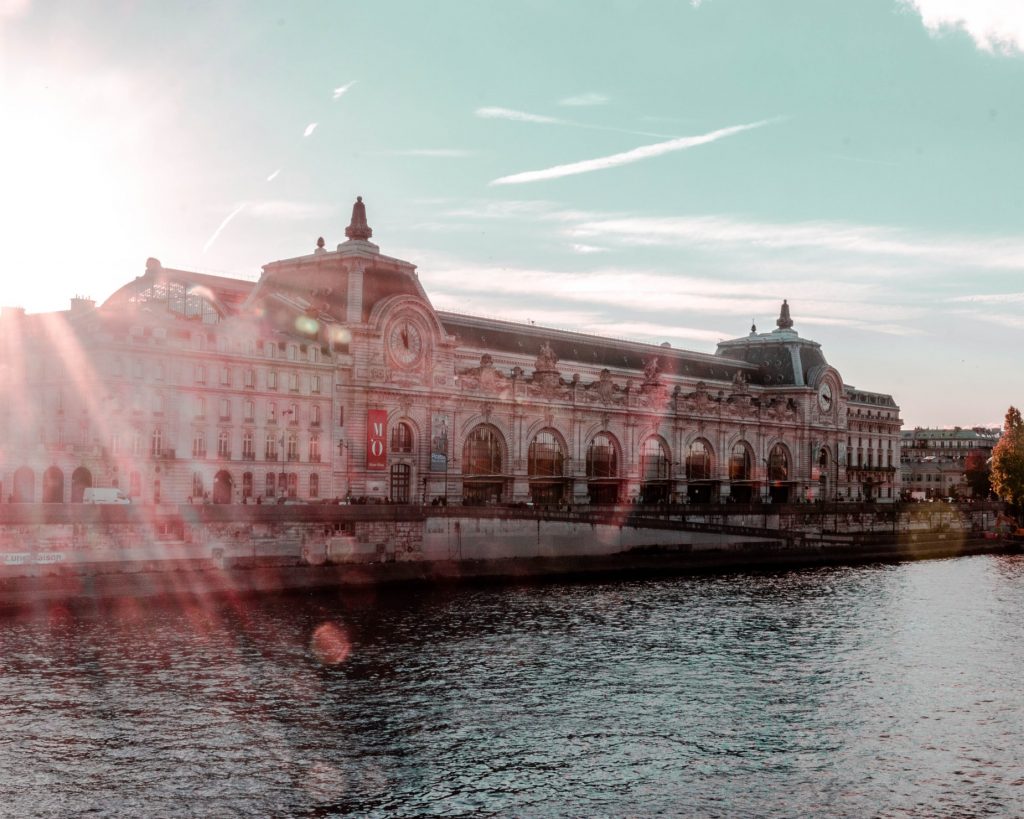

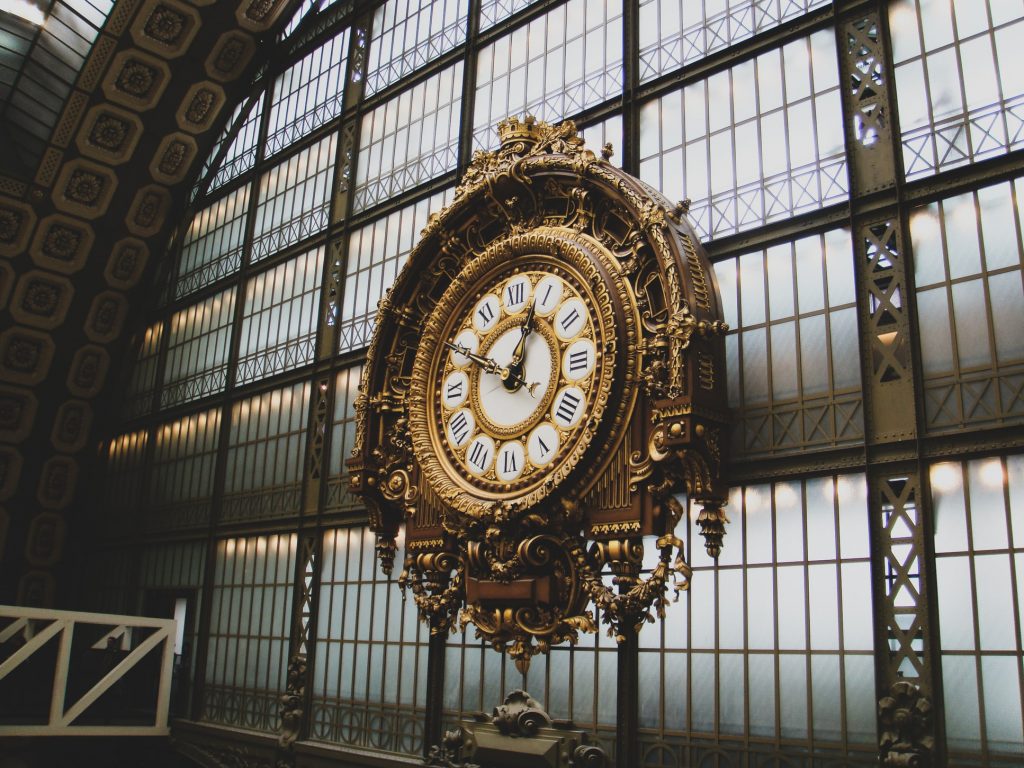
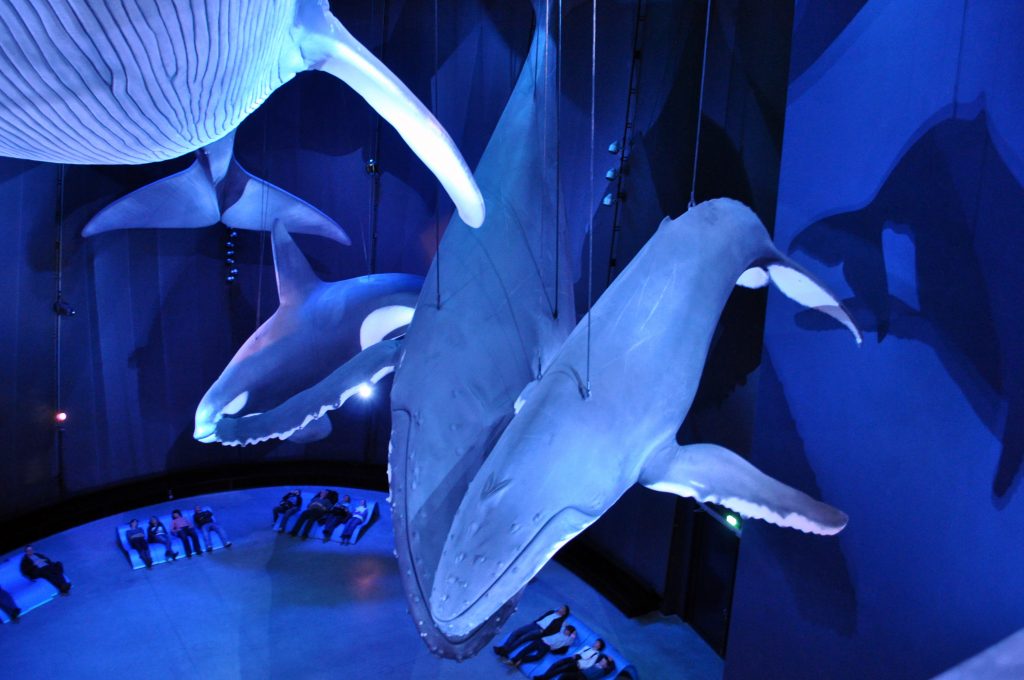

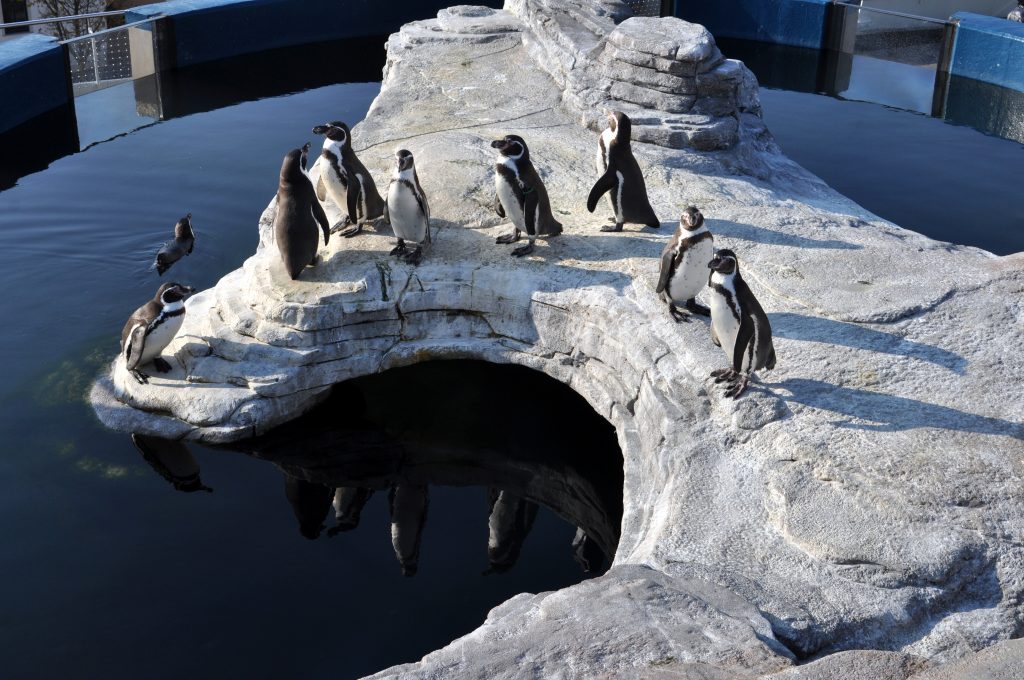
Leave a Comment